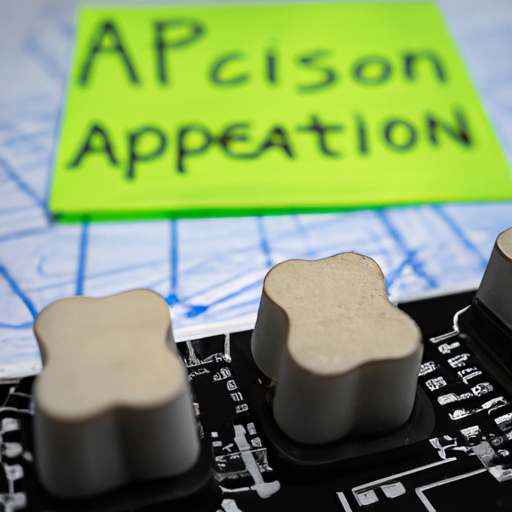
09
28
0
09
26
1
09
23
1
09
21
2
09
20
2











